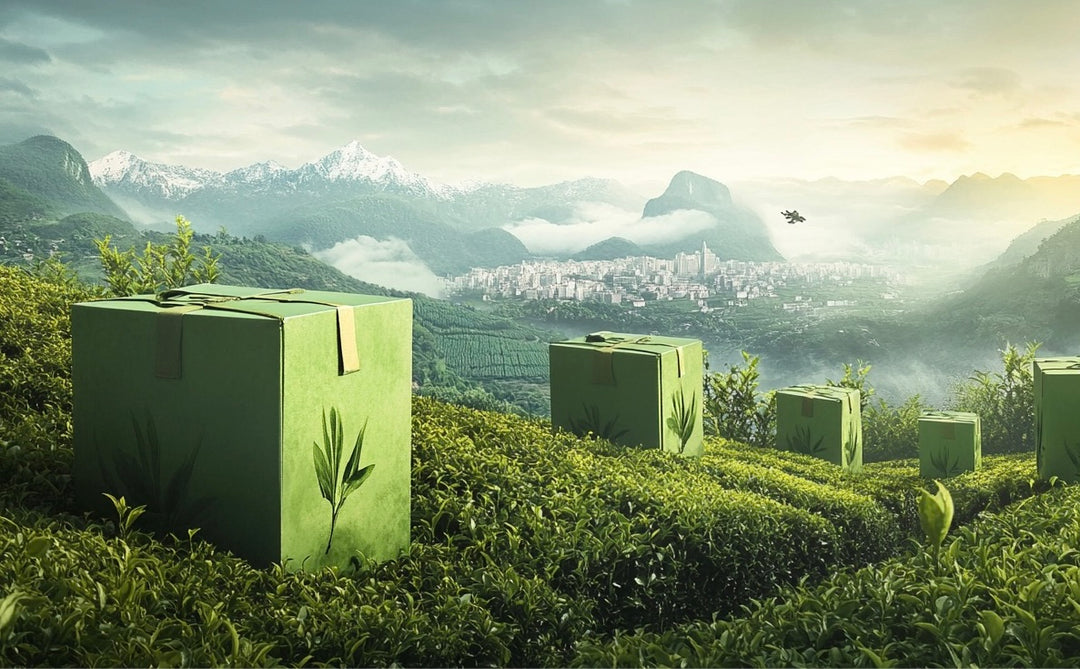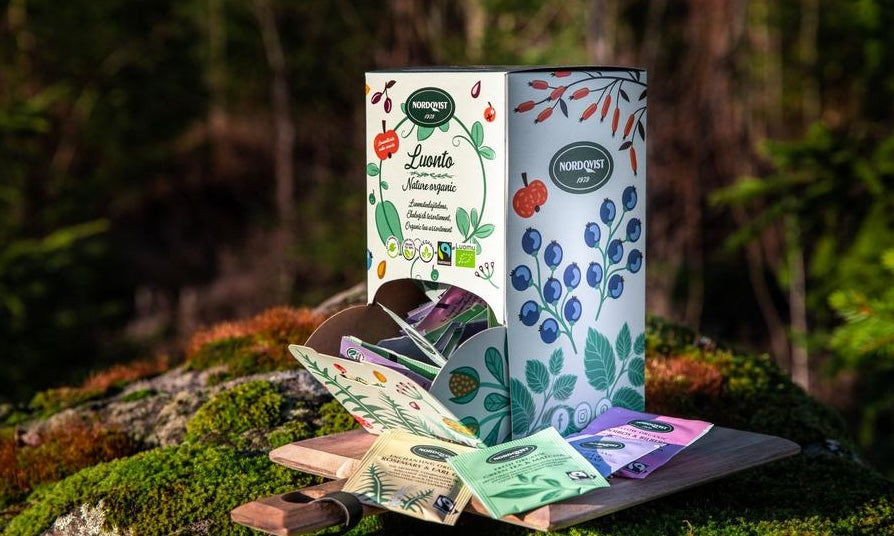Cold Brew Green Tea: Why It’s Different and How to Make It Perfectly

Green tea is beloved worldwide for its delicate flavor and impressive health benefits. While hot-brewed green tea has been enjoyed for centuries, cold brewing offers a distinctive approach that brings out a completely different character in the leaves.
Our deep guide explains why cold brew green tea differs from its hot-brewed counterpart and provides detailed instructions for creating the perfect cold infusion.
Why Cold Brew Green Tea Is Different?
The Chemistry of Cold Extraction
Traditional hot water brewing rapidly extracts compounds from tea leaves, including caffeine, catechins, and tannins. Cold brewing, by contrast, is a slow, gentle extraction process that fundamentally changes which compounds are drawn from the leaves and in what proportions.
Reduced Bitterness and Astringency
- Fewer Tannins: Cold water extracts significantly fewer tannins and bitter catechins.
- Less Caffeine: Cold brew typically contains 66-70% of the caffeine found in hot brew.
- Gentler Extraction: Lower temperatures prevent the breakdown of delicate flavor compounds.
Enhanced Sweetness and Aromatics
- Preserved Amino Acids: Cold water better preserves L-theanine and other amino acids responsible for sweet, umami notes.
- Complex Aromatics: Volatile compounds remain intact, creating a more nuanced aroma profile.
- Balanced Flavor: The resulting brew offers enhanced sweetness with minimal bitterness.
Nutritional Differences
Cold brew green tea maintains most of the health benefits of hot-brewed tea while offering some distinct advantages:
- Higher Antioxidant Stability: Some research suggests cold brewing preserves more antioxidants over time.
- Less Degradation: Lower temperatures prevent oxidation of beneficial compounds.
- Gentler on Digestion: Reduced tannin content makes cold brew less likely to cause stomach discomfort.
How to Make Perfect Cold Brew Green Tea
Essential Ingredients and Equipment
- Tea Selection: High-quality loose-leaf green tea (Japanese sencha, Chinese dragon well, or gyokuro work exceptionally well)
- Water: Filtered, spring, or mineral water at room temperature
- Container: Glass pitcher or jar with lid
- Strainer: Fine-mesh strainer or tea filter
- Optional Additions: Citrus slices, mint leaves, or honey
Step-by-Step Cold Brewing Process
Standard Cold Brew Method
-
Measure Tea and Water
- Use 1.5-2 tablespoons (7-10g) of loose leaf green tea per quart (liter) of water
- Higher ratio than hot brewing compensates for slower extraction
-
Combine Tea and Water
- Place tea leaves directly in water, or use a large infuser bag
- For best results, lightly stir to ensure all leaves make contact with water
-
Cover and Refrigerate
- Seal the container to prevent absorption of refrigerator odors
- Steep for 6-8 hours (overnight works perfectly)
- Avoid steeping beyond 12 hours to prevent over-extraction
-
Strain and Serve
- Remove tea leaves completely using a fine strainer
- Serve over ice or chilled without ice for purest flavor
- Store in refrigerator for up to 3 days maximum
Quick Cold Brew Method
For those who can't wait overnight:
-
Ice Bath Method
- Brew a slightly stronger hot tea (1.5x normal strength)
- Immediately pour over a generous amount of ice
- This "flash chilling" preserves flavor while diluting to proper strength
Flavor Variations
Cold brew green tea serves as an excellent base for creative variations:
- Citrus Infusion: Add lemon, lime, or orange slices during the final hour of brewing
- Herbal Enhancement: Incorporate fresh mint, lemongrass, or lavender
- Fruit-Forward: Include berries or stone fruit for subtle sweetness
- Sweetened Option: Add a small amount of honey or simple syrup after brewing
Troubleshooting Common Issues
Too Weak
- Increase tea-to-water ratio
- Extend steeping time (but stay under 12 hours)
- Use smaller water particles (crushed ice instead of cubes when serving)
Too Strong or Bitter
- Reduce tea quantity
- Shorten steeping time
- Ensure water temperature starts cool, not warm
Cloudy Appearance
- Normal for some tea varieties
- Filter multiple times for clearer appearance
- Use spring water instead of tap water
Health Considerations
Cold brew green tea offers several health advantages:
- Gentle Hydration: Lower caffeine content makes it suitable for afternoon and evening consumption
- Digestive Comfort: Reduced astringency means less potential for stomach irritation
- Preserved Antioxidants: The catechin content remains largely intact
Environmental Factors That Affect Quality
Several factors can influence your cold brew results:
- Water Quality: Mineral content significantly impacts extraction and flavor
- Tea Freshness: Fresher tea leaves yield brighter flavor profiles
- Leaf Size: Smaller leaf particles extract faster than whole leaves
- Storage Conditions: Tightly sealed containers prevent oxidation and contamination
Cold brew green tea represents a different approach to an ancient beverage, resulting in a naturally sweeter, smoother profile with reduced bitterness. By understanding the science behind cold extraction and following these detailed preparation steps, you can create a refreshing summer beverage that showcases green tea's finest qualities in a new light.
Whether you're looking to reduce caffeine intake, avoid bitter notes, or simply enjoy a refreshing alternative to sugar-laden drinks, cold brew green tea offers a perfect solution that preserves the health benefits of green tea while transforming its flavor profile.









